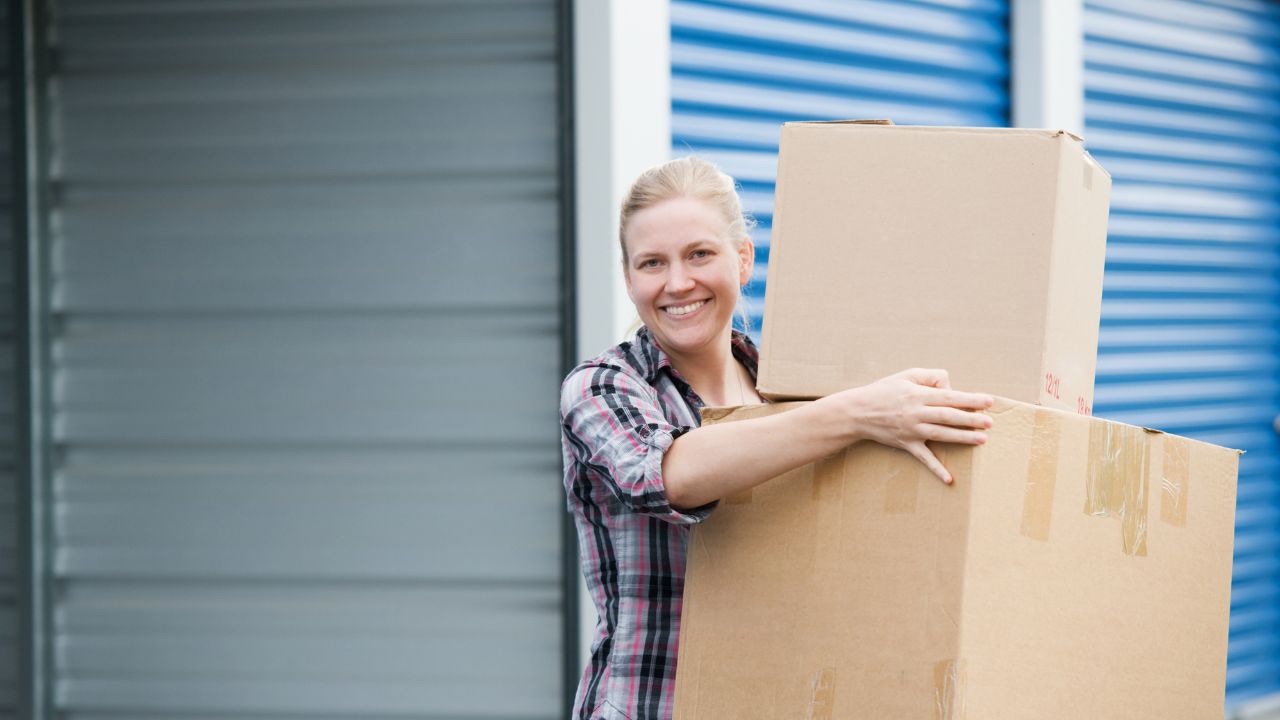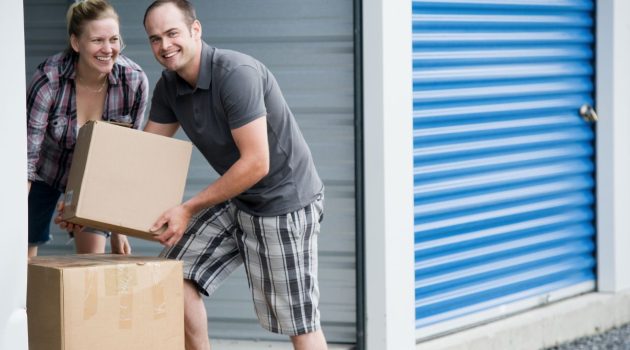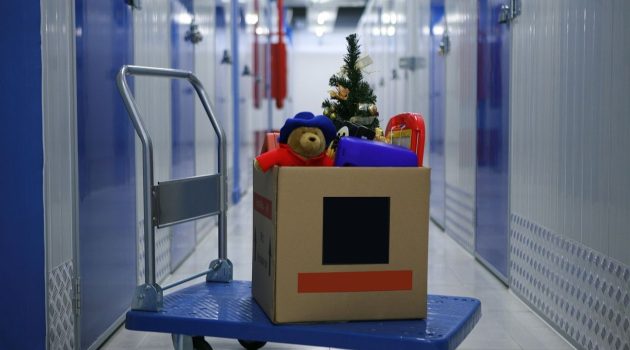Self-storage facilities are becoming increasingly popular for a variety of reasons.
Self-storage units provide flexible and secure solutions, whether you need to store items long-term, short-term, or even temporarily while moving to a new home or office space.
But with so many options available, it can be difficult to know where to start when looking at self-storage facilities.
This guide will help you understand the basics of self-storage – from what types of units are available and how much they cost to features like climate control and security measures that might influence your decision.
With this information, you’ll have all the knowledge necessary to find the right unit for your needs!
1. Types of Self-Storage Units and Unit Sizes
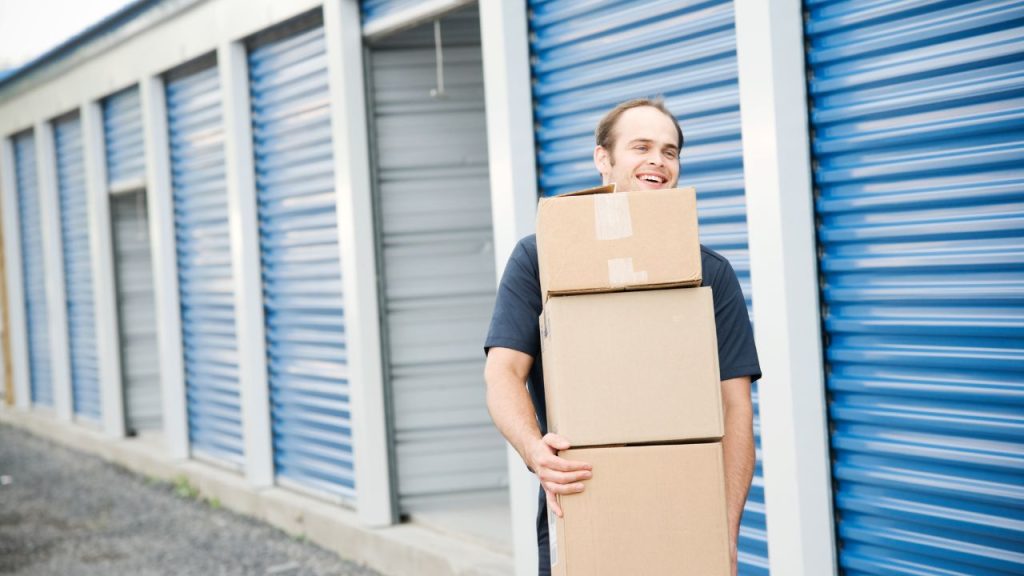
When choosing a self-storage unit, there are three main types: climate-controlled units, drive-up access units, and outdoor storage.
Each type has its benefits and is suitable for different storage needs. Climate-controlled units are the most secure option as they provide temperature regulation and humidity control.
These units are ideal for storing more sensitive items, such as electronics and furniture, that require a more controlled environment.
Drive-up access units are best for storing larger or heavier items like cars, boats, and outdoor equipment.
These units provide easy access without having to climb stairs or elevator rides.
Outdoor storage is the least expensive option but offers less protection from the elements, so it’s best suited for items that don’t require temperature regulation.
Knowing the type and size of unit you need will help you narrow your search for a self-storage facility.
2. Cost of Self-Storage Units
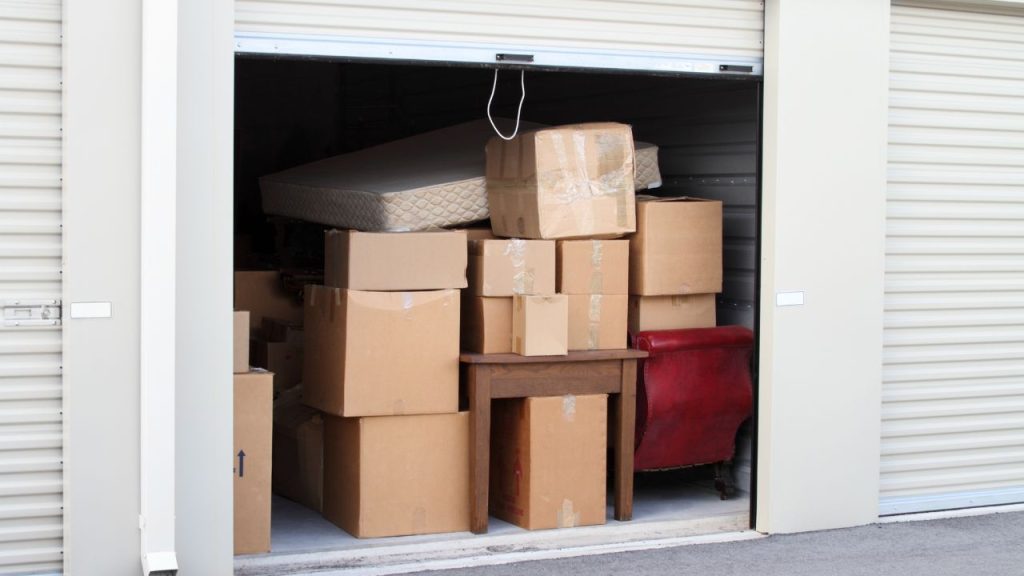
The cost of self-storage units varies greatly depending on the type and size of unit you choose, as well as other features such as climate control and security measures.
Generally speaking, the larger your unit is, the more it will cost.
Climate-controlled units are more expensive than drive-up access or outdoor units, and units with extra security measures may also cost more.
It’s important to weigh the different options carefully before deciding so that you can be sure to get the best possible value for your money.
For instance, opt for a more expensive climate-controlled unit if you store valuable or sensitive items.
On the other hand, if you want long-term storage of everyday items, an outdoor unit with basic security measures may be all you need.
These are all important factors when researching and comparing different self-storage facilities.
3. Different Types of Security
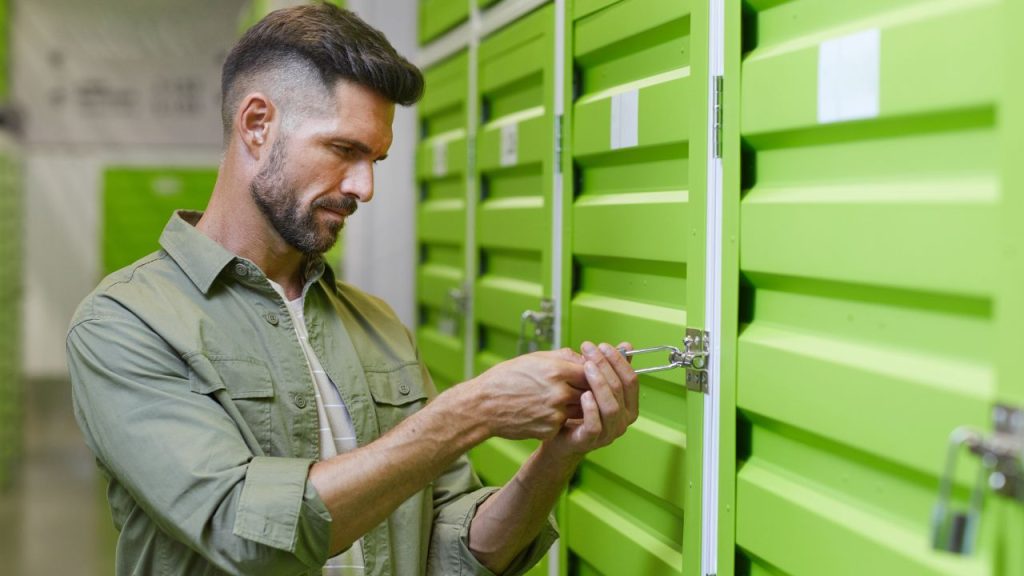
Security is another important consideration when selecting a self-storage unit.
Most facilities offer security for their storage units, such as gated access, fencing, and surveillance cameras.
Some also provide personal locks and keys or even smart card access to the units.
It’s important to ask about the level of security offered at each facility you consider to ensure your items are well protected.
Moreover, depending on the type of storage unit you choose and how valuable your items are, some companies may even offer insurance for an additional cost.
This can provide peace of mind that your belongings are covered in case of damage or theft.
4. Picking Between Facilities
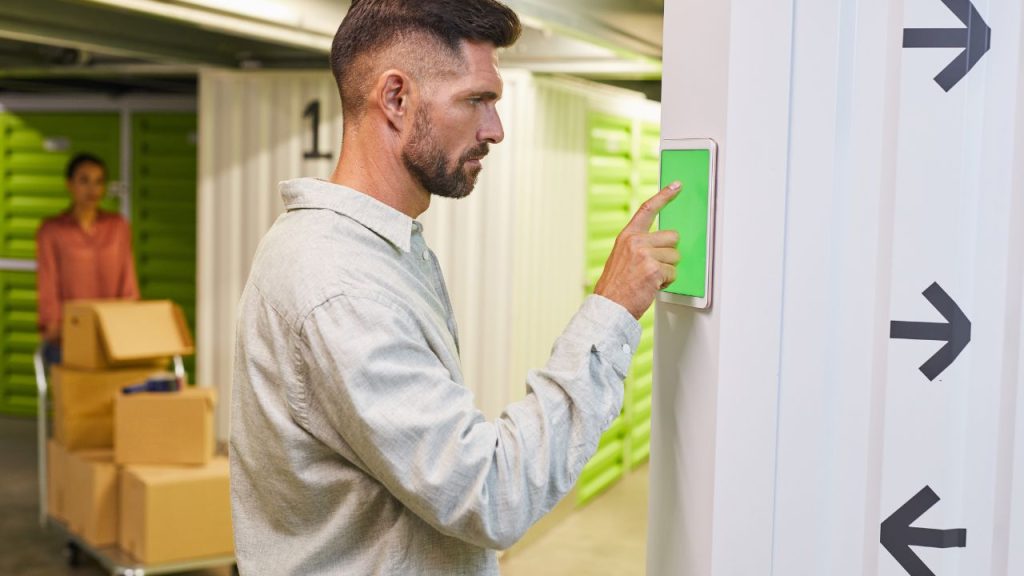
When selecting a self-storage facility, looking at more than just the cost is important. Location, accessibility, and customer service should all be considered.
It’s also helpful to read reviews from other customers to get an idea of their experience when using the facility.
Many people who need more space for storage rely on self-storage units.
They provide great convenience and flexibility when storing items, making them a popular choice among those looking for a secure and easy way to store their belongings.
If more space is needed for storage, feel free to look into self-storage solutions and choose the one that meets your needs.
Whether a climate-controlled unit, drive-up access unit, or outdoor/covered storage, the right self-storage facility can help you find the perfect solution to your storage needs.
Self-storage facilities offer various options to suit different needs and budgets.
From climate-controlled units for sensitive items to drive-up access for larger objects, there is something available that can meet your requirements.
It’s important to consider factors such as cost, security measures, customer service, and location when selecting a self-storage facility to ensure you are getting the best value possible.
This comprehensive guide, armed with knowledge about the types of units and unit sizes available, along with all other considerations, should make it easier than ever for anyone looking into self-storage solutions.
